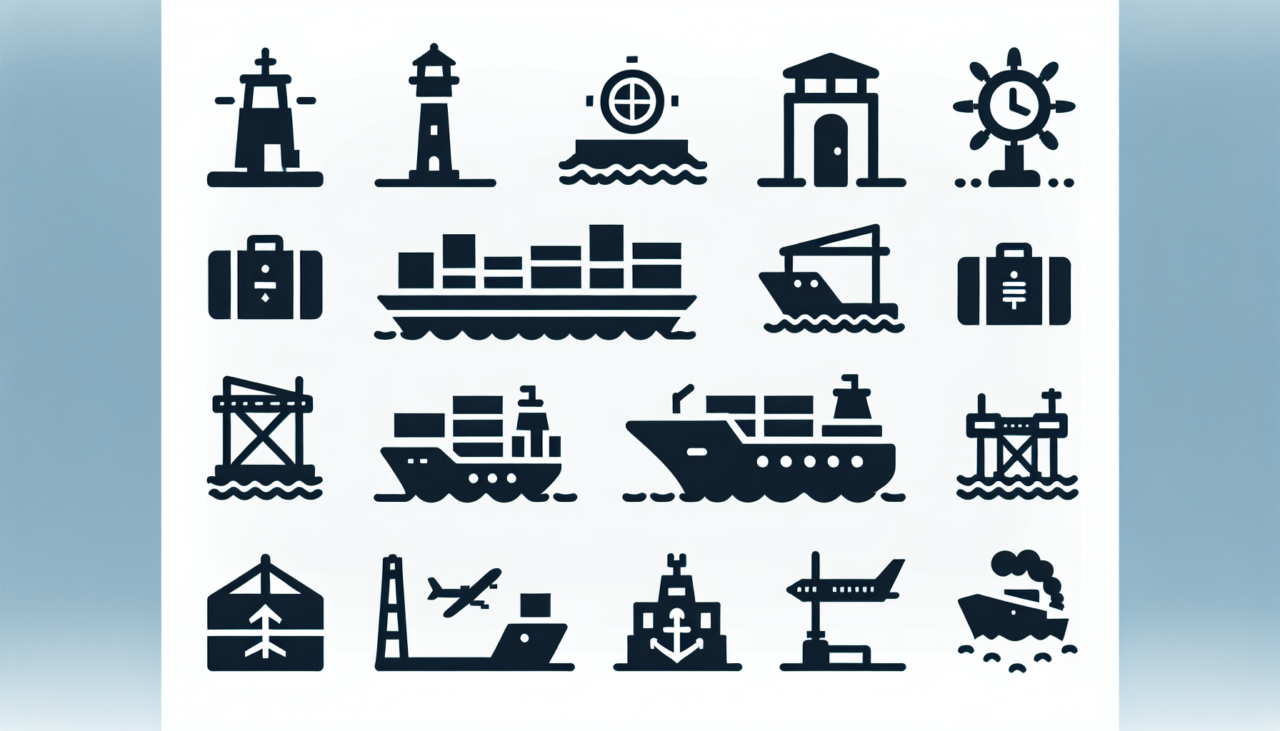The Impact of Port on Proxy Performance, Anonymity, and Security
Understanding Ports in Proxy Usage
In the context of proxies, a “port” is a communication endpoint that helps direct traffic to the appropriate service. Each service (such as HTTP, HTTPS, FTP, etc.) typically has a designated port number, and proxies utilize these ports to relay requests and responses between clients and servers.
How Port Affects Proxy Speed and Functionality
- Speed:
-
The choice of port can influence connection speed. Some ports may be optimized for specific types of traffic, leading to quicker data transfer. For example, using port 443 (HTTPS) may provide faster response times than port 80 (HTTP) in certain scenarios due to better encryption handling and optimization by network devices.
-
Functionality:
- Certain functionalities can be affected by the port in use. For instance, if a proxy is configured to operate on a port that is commonly blocked by firewalls (like port 25 for mail), users may experience reduced functionality or inability to connect to specific services.
Problems Arising from Misconfigured Ports
- Connection Failures:
-
If a proxy is assigned to a port that is not open or is blocked by a firewall, users will be unable to establish a connection, leading to failures in accessing websites or services.
-
Reduced Anonymity:
-
Misconfigured ports can inadvertently expose users' IP addresses if the proxy fails to properly mask them due to incorrect routing or protocol mismatches, compromising anonymity.
-
Security Vulnerabilities:
- Using insecure ports or misconfiguring security settings can expose the proxy server to attacks. For example, if a proxy is set to listen on a default port without adequate security measures, it may become an easy target for malicious actors.
How Proxy Providers Handle Port
Proxy providers typically manage port configurations by:
- Default Port Settings: Assigning commonly accepted default ports for their services (e.g., HTTP on port 80, HTTPS on port 443).
- Custom Port Options: Offering users the ability to choose alternative ports for enhanced security or to bypass restrictions.
- Monitoring and Management: Continuously monitoring port status and traffic to ensure optimal performance and security.
Scenarios of Port Affecting Proxy Usage
- Scenario One – Corporate Firewall:
-
A user attempts to access a corporate network through a proxy configured to use port 8080, which is typically open for web traffic. However, the corporate firewall blocks this port, preventing the user from connecting. If the proxy were configured to use port 443, the user might successfully bypass the restrictions, allowing access to necessary resources.
-
Scenario Two – Anonymity Compromise:
- An individual sets up a proxy server on a non-standard port that is not properly secured. When users connect through this proxy, their requests are routed without encryption, exposing their IP addresses. An attacker discovers this misconfiguration and monitors the traffic, compromising the users' anonymity. If the proxy had been configured correctly on a secure port with appropriate security measures, this issue could have been avoided.
Conclusion
In summary, the choice and configuration of ports are crucial in determining the performance, anonymity, and security of proxy usage. Properly configured ports enhance efficiency and security, while misconfigured ports can lead to significant problems ranging from connection issues to compromised anonymity. Understanding how ports work in relation to proxies is essential for both users and providers to ensure optimal performance and security.


Comments (0)
There are no comments here yet, you can be the first!